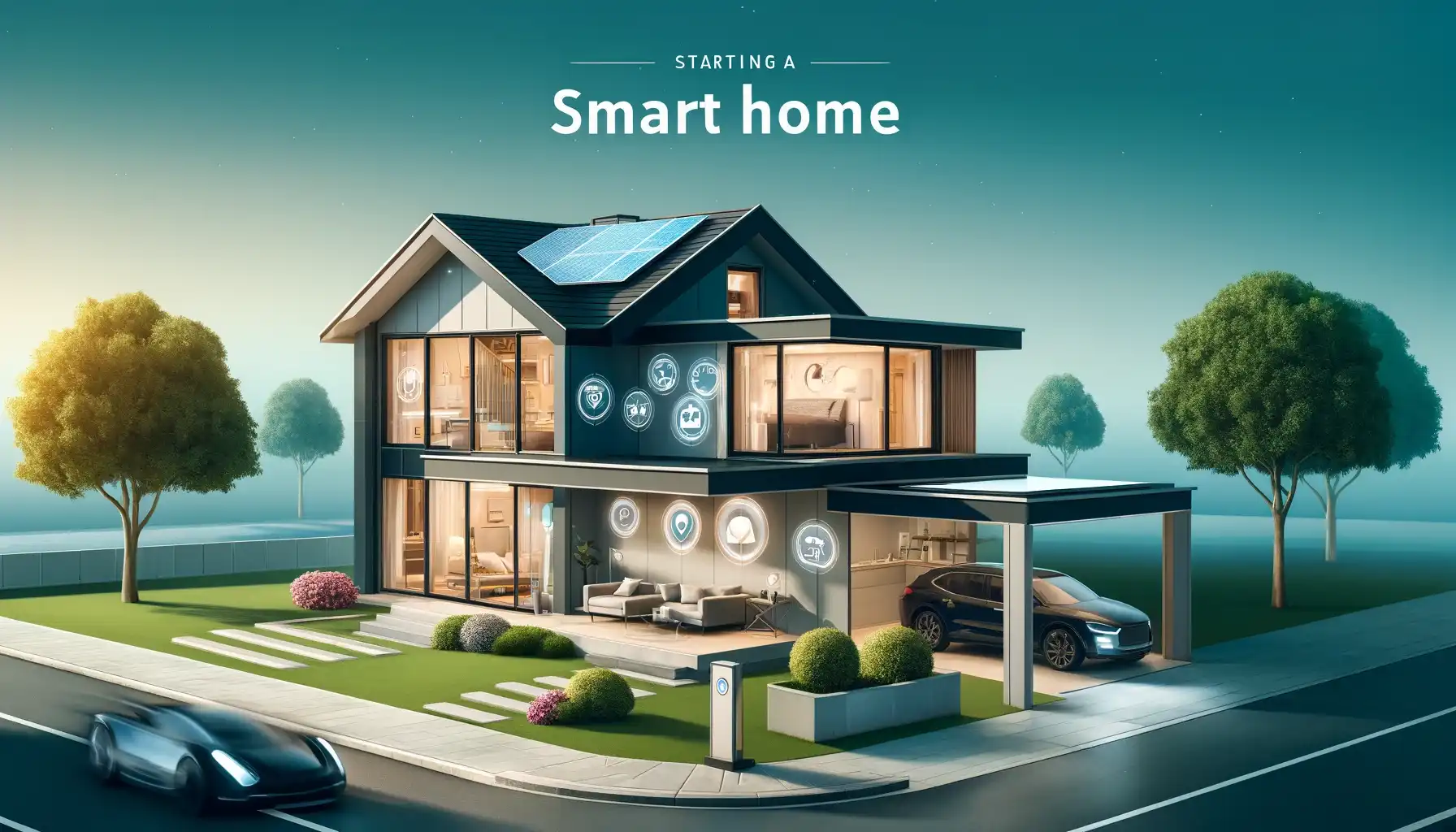Building a Smart Home
Transforming your home into a smart home can offer a plethora of benefits, including improved security, energy efficiency, and convenience. This guide will help you get started on your smart home journey, outline the necessary equipment, and give an overview of the different smart home ecosystems available today.
A smart home uses internet-connected devices to enable the remote monitoring and management of appliances and systems, such as lighting and heating. The smart home ecosystem involves a network of devices communicating with each other through a central hub or through the cloud.
Starting Your Smart Home
1. Choose Your Smart Home Ecosystem
Choosing an ecosystem is a critical first step in your smart home journey. Your choice will influence which devices are compatible with your system. The three main ecosystems are Amazon Alexa, Google Home, Apple HomeKit and Home Assistant.
2. Start with a Smart Home Hub
The smart home hub acts as the control center for all your devices. Amazon Echo (Alexa), Google Nest Hub, and Apple HomePod are popular options.
3. Gradually Expand Your Device Collection
Begin with key devices like smart lights, thermostats, and security cameras, then gradually add devices as you see fit.
4. Set Up Automation
Once you've got your devices set up, you can start creating automation to make your home truly "smart". For example, you can set your lights to switch off when everyone has left the house.
Essential Equipment for a Smart Home
1. Smart Home Hub
As previously mentioned, this will be your system's control center.
2. Smart Devices
Start with basics like smart lights (Philips Hue, LIFX), smart thermostats (Nest, Ecobee), and smart security cameras (Ring, Nest).
3. Reliable Internet Connection
A fast, reliable internet connection is crucial for a seamless smart home experience.
Overview of Smart Home Ecosystems
1. Amazon Alexa
Alexa is a flexible ecosystem with a broad range of compatible devices. It's especially useful if you're an Amazon Prime member or use Amazon services regularly.
2. Google Home
Google Home is ideal for those invested in Google's services, like Gmail and Google Calendar. It also offers seamless integration with Android devices.
3. Apple HomeKit
HomeKit is perfect for Apple users and offers a smooth user experience and robust privacy protections.
4. Home Assistant
Home Assistant is a popular and powerful open-source home automation platform that puts local control and privacy first. It integrates with over a thousand different smart home products and offers a wealth of customization options.
The time to start is now
Starting a smart home as a hobby can be both fun and challenging, offering a great way to learn about IoT devices, automation, and home technology integration. Here’s a comprehensive guide to resources across podcasts, YouTube channels, books, websites, subreddits, and apps that can help you dive into the world of smart home technology.


